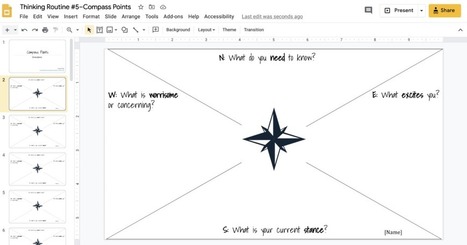I’ve spent a lot of years talking with and listening to some very smart people, and one thing I’ve noticed is that the people who are legitimate experts in their fields rarely spout off facts like they are the final word. Their assertions don’t back you into a corner or embarrass you into silence. Their delivery is often quieter. More nuanced. The smartest people in the world are least likely to have singular, one-note answers to difficult questions. They’re more likely to respond with “It depends,” and then, if you’re willing to stick around and listen, share ideas that take a little more time to develop.
And I want to take a moment to elevate that, because I believe that if we spend more time practicing this kind of thinking, if we honor the true elegance of that gray area, we’ll all be a lot better off.
Research and publish the best content.
Get Started for FREE
Sign up with Facebook Sign up with X
I don't have a Facebook or a X account
Already have an account: Login
Professional learning in a glance (or two)!
Curated by
John Evans
 Your new post is loading... Your new post is loading...
 Your new post is loading... Your new post is loading...

Fiona Leigh's curator insight,
October 3, 2017 4:50 PM
All educators need to examine their practice to motivate learners to want to learn
|

Jim Lerman's curator insight,
February 1, 2013 6:27 PM
Denise and Vicki are correct; these 365 things also make great writing and discussion starters. 
Sandra Carswell's curator insight,
February 3, 2013 11:22 PM
writing prompts? discussion starters? debates or research? 
Tui Needham, Career Development Specialist's comment,
April 20, 2013 9:01 PM
Like this a lot, some goodies when running workshops and you want get people thinking.
|


















A very worthwhile read!